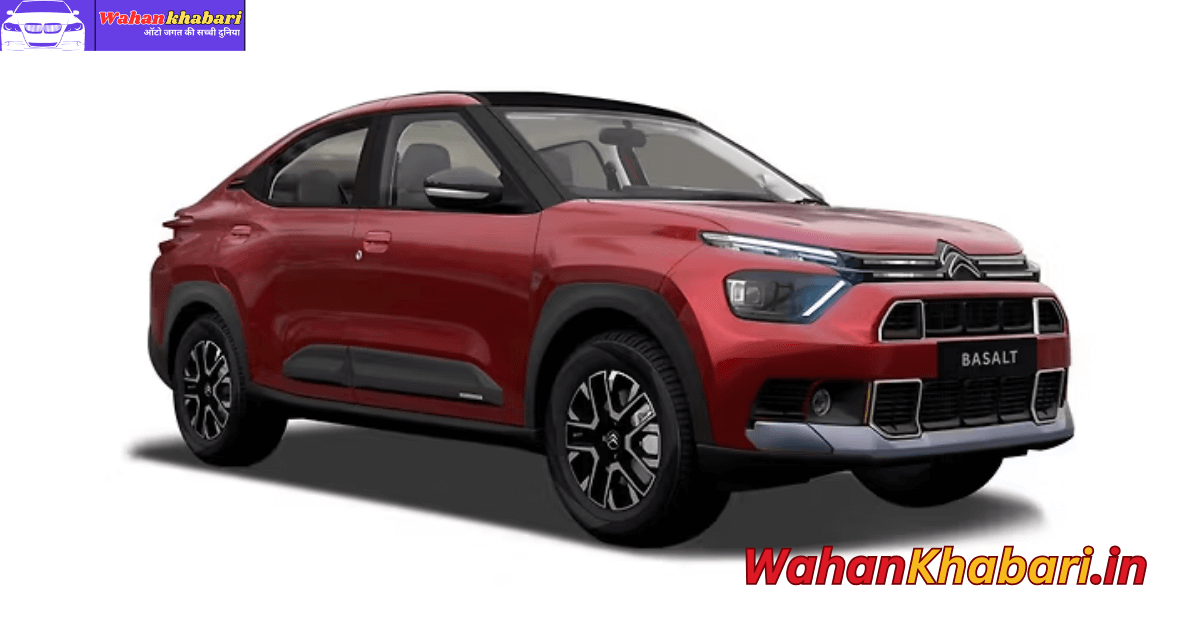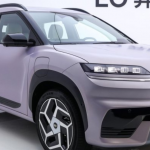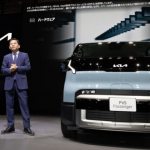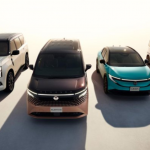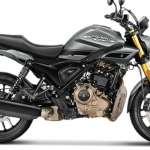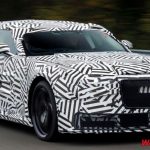Citroën Basalt 2025: Citroën has always been a name synonymous with quirky innovation, bold design, and comfort-focused engineering. In 2024, the French automaker made headlines yet again by unveiling the Citroën Basalt, a compact SUV-coupé concept tailored for emerging markets like India and South America. With this new model, Citroën is not just expanding its global footprint—it’s also redefining what budget-conscious car buyers can expect from a stylish and practical crossover.
A Fresh Take on Coupe-SUV Styling
At first Glance, the Citroën Basalt breaks away from the traditional boxy silhouette of compact SUVs. Instead, it embraces the elegant swooping roofline of a coupé, giving it a sportier and more premium stance. This blend of muscular SUV elements and dynamic coupé curves is designed to appeal to a younger audience—urban professionals and style-savvy families who want a car that stands out.
The rear end is equally dramatic, with sculpted taillights, a high-set bumper, and a coupe-style rear windshield that adds to the Basalt’s sporty appeal. It’s a design that strikes a balance between functionality and flair—a feat not easy to achieve in the compact SUV segment.
Built on the CMP Platform
The Citroën Basalt is underpinned by Stellantis’ CMP (Common Modular Platform), the same architecture used in models like the Citroën C3 and C3 Aircross.
Built with affordability and localization in mind, the CMP platform enables Citroën to manufacture the Basalt in key regions, especially India and Brazil, where cost efficiency is crucial. Localization not only reduces production costs but also ensures the vehicle is tailored to local road conditions, climate, and consumer preferences.
Interior Comfort with French Flair
Citroën has always championed comfort as one of its core brand values, and the Basalt is no exception. While official interior details were scarce at the concept reveal, it’s safe to expect that the cabin will follow the brand’s modern yet minimalistic approach, seen in models like the C3 Aircross.
Expect generous use of soft-touch materials, a layered dashboard with digital infotainment, and Citroën’s “Advanced Comfort” seats designed to reduce fatigue during long drives. Practicality will likely be a strong point, with ample legroom, modular seating options, and a respectable boot capacity.
Powertrain: Efficient and Market-Specific
Although Citroën hasn’t officially confirmed the engine options for the Basalt, it’s widely speculated that it will use the same 1.2-liter turbo-petrol engine found in the C3 and C3 Aircross. This motor is known for its punchy performance and efficiency, and is likely to be mated to both manual and automatic transmission options.
Given the platform’s flexibility, There is also potential for an electric variant in the future, especially considering the growing demand for affordable EVs in developing markets. An electric Basalt could very well be Citroën’s ticket into the affordable EV crossover space in markets like India, where EV infrastructure is rapidly evolving.
Positioning and Market Strategy
The Citroën Basalt is strategically designed to tap into the growing demand for SUV-coupés in developing countries. While the concept of a coupé SUV is not new, it has largely been reserved for premium segments. Citroën aims to democratize this body style by offering it at a price point accessible to the middle class.
This move aligns with Citroën’s broader strategy in markets like India, where the brand is focusing on high localization, direct-to-customer sales models, and a lean product lineup that maximizes profitability without sacrificing innovation.
Final Thoughts
The Citroën Basalt represents a fresh and daring take on the budget SUV segment. With its sleek coupé design, practical platform, and focus on comfort, it brings a breath of fresh air to a market saturated with cookie-cutter crossovers.
The Basalt is not just a concept—it’s a bold statement that stylish, well-engineered cars shouldn’t be a luxury reserved for the few.
